It’s Easter, and supermarkets are jam-packed with chocolate eggs. The association of these symbols of new life with Easter is imported from the northern hemisphere – most of our native species have already finished their egg-laying business as winter approaches.
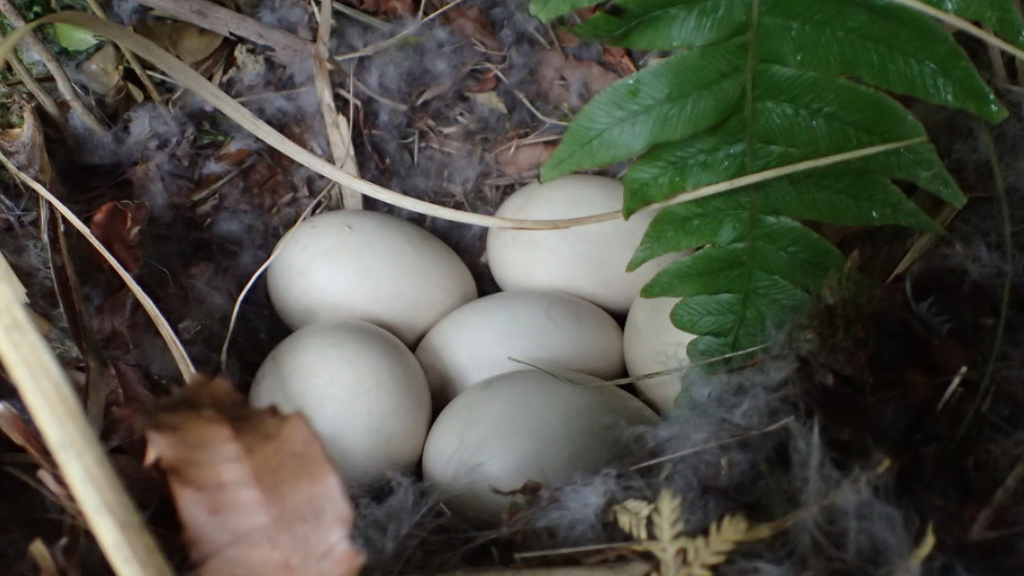
As you crack into yet another chocolate egg this long weekend, spare a thought for the eggs of our native species that introduced predators eat. To lighten the mood from that sobering thought, try to guess the animals that hatched the following eggs…
1. Whose eggs are those?
Need a clue? Found in enclosed spherical nests, these are the tiniest bird eggs in Aotearoa and weigh about 1.5g (about the weight of a large almond).
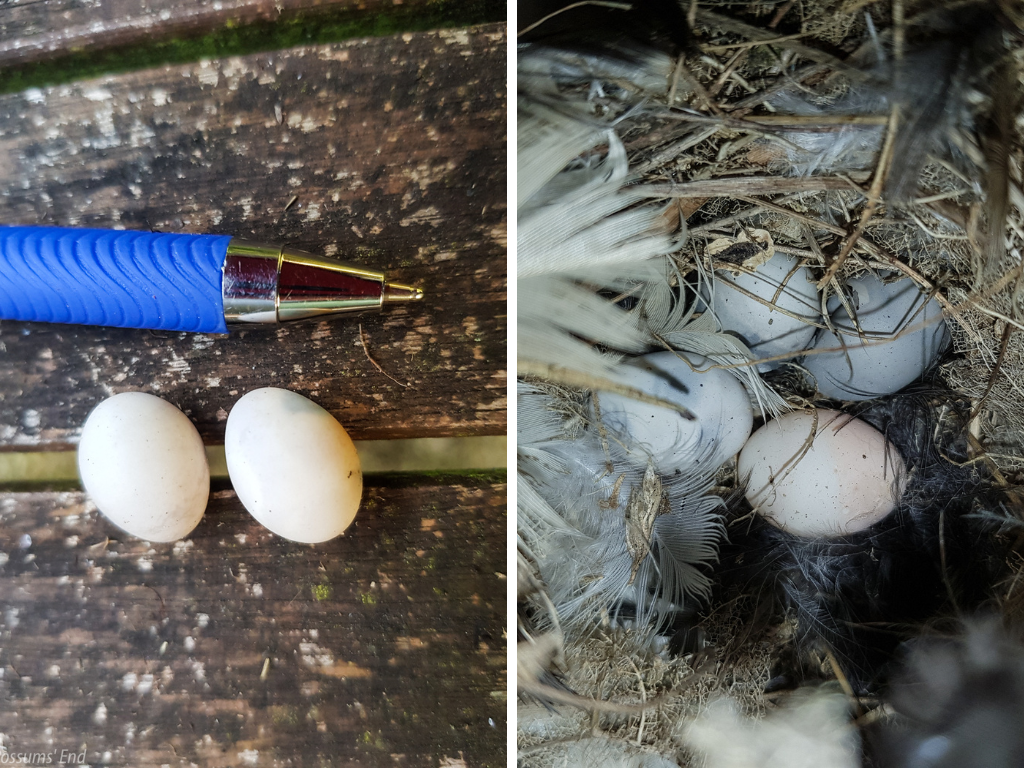
You can find answers at the bottom, plus some Easter-time tips for your backyard trapping efforts.
2. Whose eggs are those?
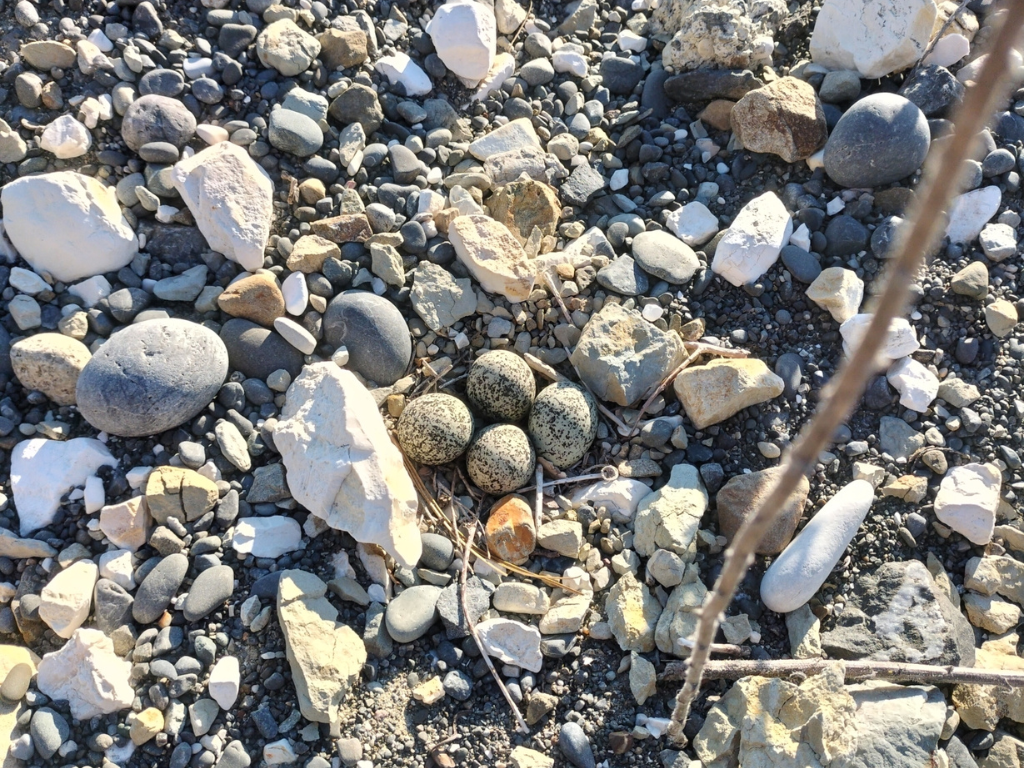
First, you have to spot the eggs to attempt to identify them… this animal lays eggs in shallow scrapes in gravel, sand or soil, usually lined with tiny stones.
You can see just how vulnerable they are to humans, cars on beaches or riverbeds, dogs, and introduced predators.
3. Whose eggs are those?
Up to 2000 of these round, pale yellow eggs are laid by this creature. They turn black a few days later and risk being eaten by possums and cats.
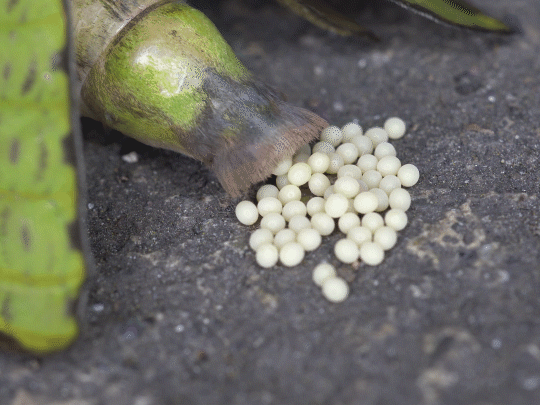
4. Whose eggs are those?
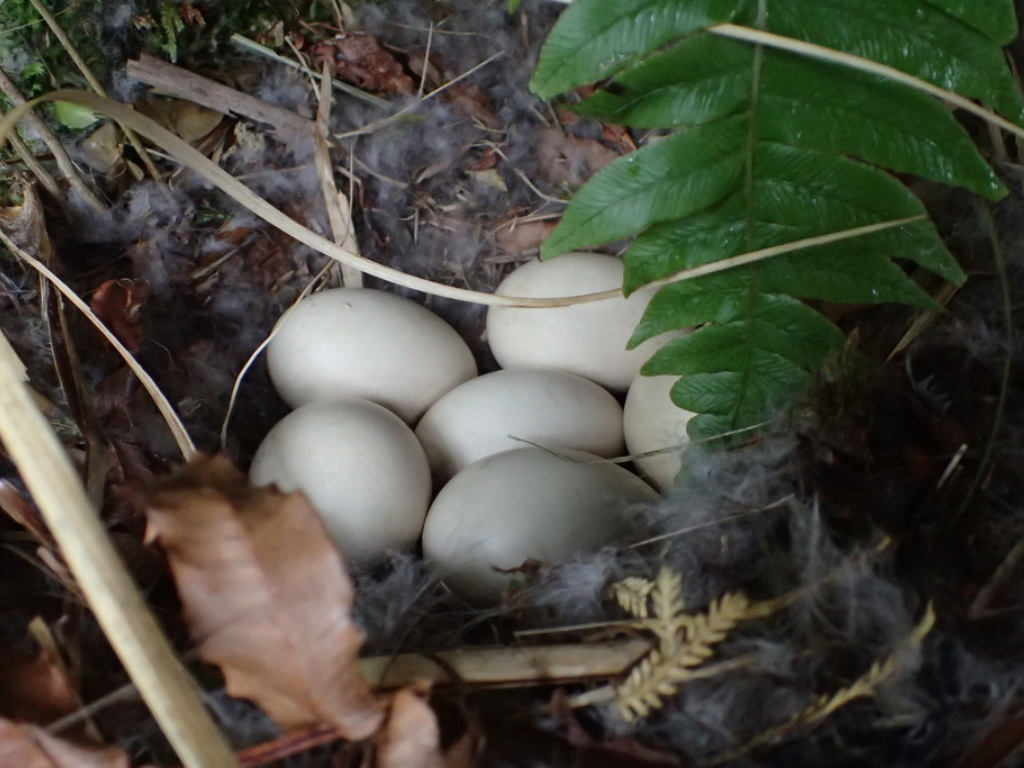
So smooth and white! These 60g eggs are laid close to cold, fast-moving stream edges and are vulnerable to predation by stoats, rats and weka.
5. Whose eggs are those?
This animal’s eggs can be found in nests carved into cliffs and banks. Nests are excavated by the thick black bill of the animal, chiselling out dirt to create a cosy home for its eggs. Cats and possums threaten them.
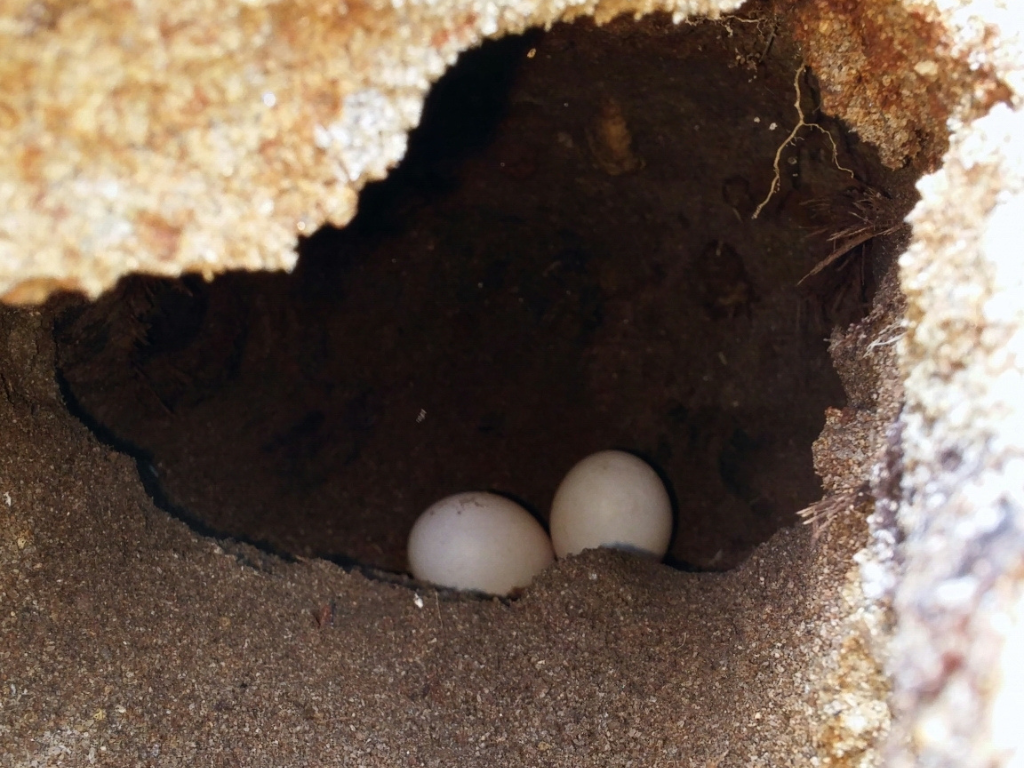
6. Whose eggs are those?
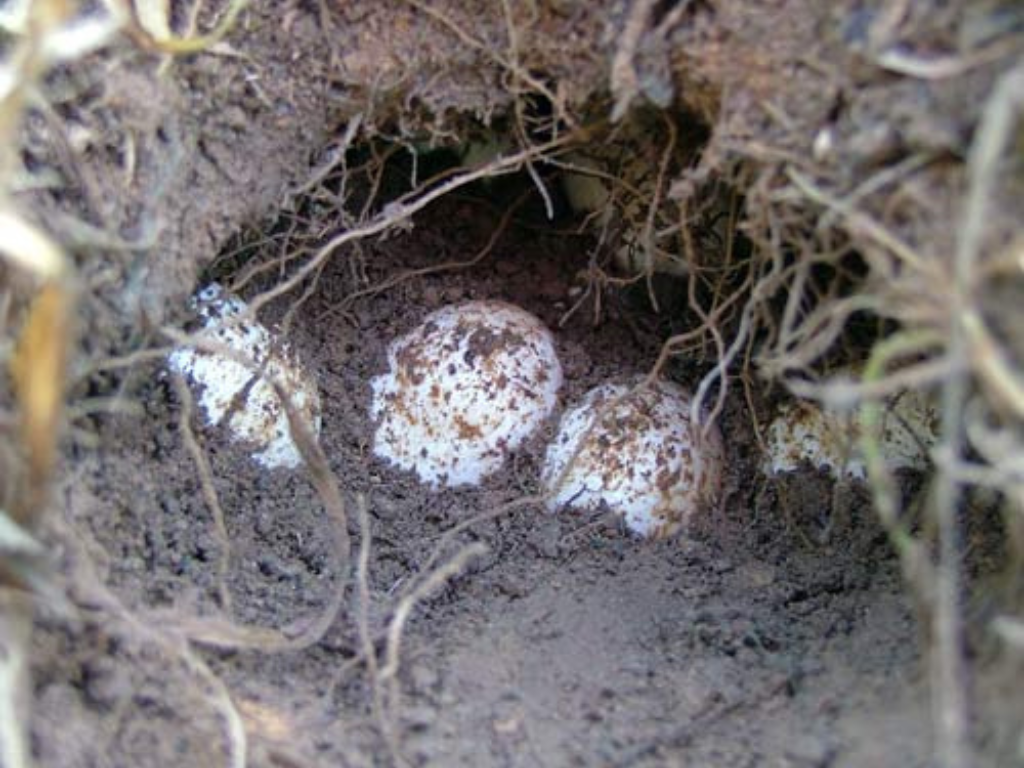
A nest is dug, the eggs are buried and left to incubate for about a year. Rats particularly threaten this ancient creature’s eggs, and most remaining creatures live only in mainland and offshore sanctuaries.
Answers:
- Titipounamu (Rifleman) – the smallest bird in NZ! Stoats, rats and cats threaten their eggs and chicks.
- Pohowera (Banded Dotterel). Predators known to seriously impact banded dotterels are feral cats, mustelids (ferrets, stoats and weasels), rats and hedgehogs.
- Pūriri moth. The female will scatter eggs on the forest floor, and after about two weeks, litter phase caterpillars hatch from the eggs.
- Whio (Blue Duck). Monogamous whio pairs nest in riverside caves, holes in river banks or beneath fallen trees.
- Kōtare (Sacred Kingfisher). Kōtare put up quite a fight to defend their nests, with a system of alarm calls and divebombing other birds and mammals.
- Tuatara. Tuatara eggs take a very long time to hatch – up to 12 to 15 months. This is one of the longest incubation periods of any reptile species.
Our predator control calendar (download free or buy the poster) contains useful information to help tailor your efforts to seasonal changes.
Eggs aren’t common in the environment during autumn or winter, and predators are aware of this – so it’s a good time to try a different lure in your traps. Now is a prime time for possums to mate, so it’s an excellent opportunity to try the possum nightclub tactic.
Meanwhile, rats seek shelter indoors as temperatures drop, making it the perfect time to pulse bait your stations. By putting in the hard work now, you’ll be well ahead of the game come spring, when bird breeding season returns in full swing.

